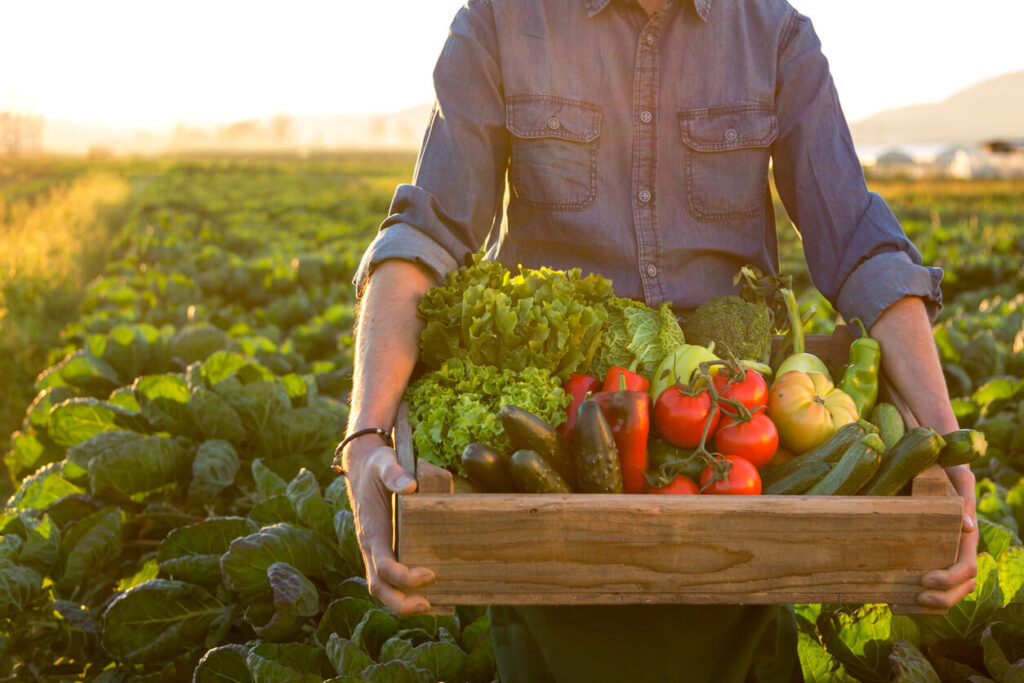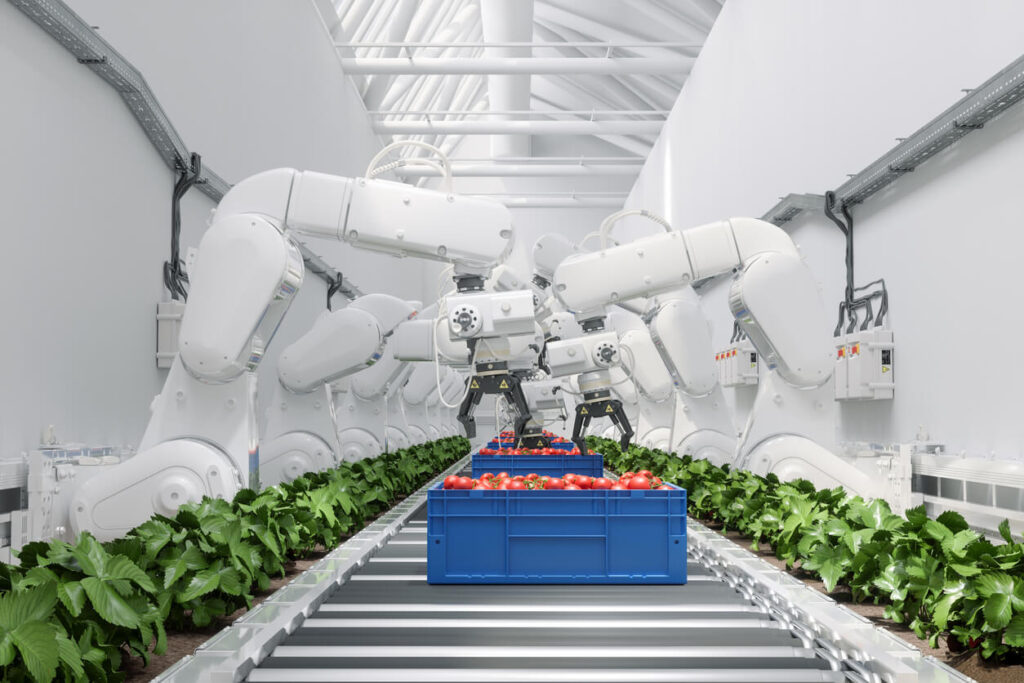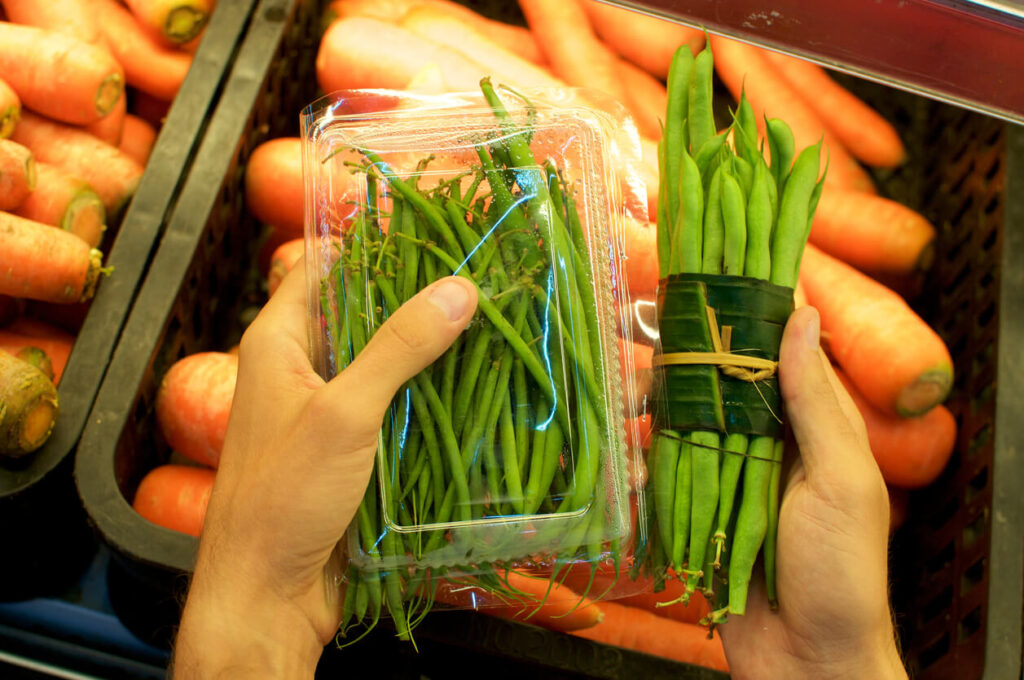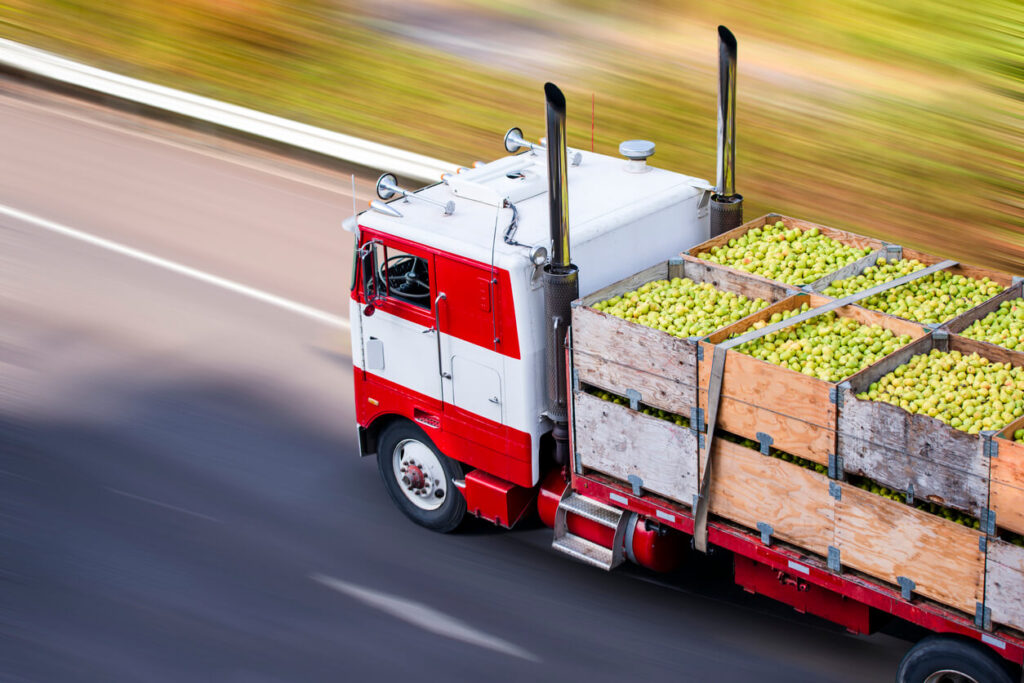In times where customers demand quality and freshness, cold chain management is a critical element in ensuring the safety and quality of the food that reaches the market.
As global food systems become more complex, it is now essential to discover efficient methods for maintaining perishable products’ freshness along the whole supply chain due to the rising demand for fresh produce. From creative refrigeration techniques to modern monitoring systems. Together, we’ll unpack the essential procedures that guarantee your food is always safe, fresh, and exquisite. Have a look at some innovative ideas in this article that are transforming cold chain management and preserving freshness.
Food Industry Statistics
Before we go into the details of cold chain management, let’s have a look at some statistics regarding food and how its freshness is essential.
According to Statista, the European cold chain logistics industry is projected to have grown from its 2019 valuation of over 75 billion dollars (over 68 billion euro) to 112.8 billion dollars (over 102 billion euro) by 2025. Even though the cold chain market is expected to grow, around one-third of the world’s food is being wasted every year. According to the UNEP Food Waste Index Report from 2021, it is estimated that 8–10% of the world’s greenhouse gas emissions are related to food waste.
In terms of the importance of fresh food, Deloitte research shows that nine out of ten consumers surveyed stated that eating fresh food made them happy. The same percentage of respondents (91%) think that eating fresh food is a part of a healthy diet. Of all customers, eight out of ten think that fresh food is more sustainable than processed food. Fresh food is also a popular choice among consumers seeking health and wellbeing; eight out of ten (83%) respondents feel it reduces the risk of disease and chronic health disorders, and the same percentage thinks it can aid in weight loss.
The Importance of Cold Chain Management

The process of managing and delivering temperature-sensitive products, like fruit and vegetables, dairy products, and medications, from the place of origin to the final customer is known as “cold chain management”. It is essential to keep the temperature and humidity at the proper levels to avoid spoiling, maintain quality, and guarantee consumer safety.
The World Health Organisation estimates that improper food handling results in 600 million foodborne illness cases worldwide annually, underscoring the need for effective cold chain management and showing its importance.
Automation in Cold Chain Management
Temperature-controlled supply chains are essential to preserve and prolong the shelf life of various goods, including perishables like food, medications, and certain chemicals. In the cold chain, the enhancement of logistics’ efficacy, dependability, and efficiency is largely dependent on automation. Automation strengthens the cold chain by maximising resources, cutting waste, enhancing product integrity, and creating a more resilient, adaptable, and effective supply chain.

Benefits and features of innovative cold chain solutions:
- Real-time Monitoring: IoT technology makes it possible to monitor temperature and humidity in real-time, offering quick adjustments in the event that deviations occur and guaranteeing that perishable commodities are kept in ideal conditions for the duration of the journey.
- Enhanced Traceability: Cutting-edge technologies, such as blockchain enhance product tracking at every point in the supply chain, guaranteeing responsibility, facilitating prompt product recalls, and lowering the danger of contamination.
- Predictive Maintenance and Data Analytics: Large-scale data collection is made possible by automation systems, which use machine learning and historical data to provide analytics and predictive maintenance. With this strategy, refrigerated equipment has a longer lifespan, less downtime, and support for proactive decision-making since problems are predicted, operations are improved, and delivery is made on time.
- Inventory Management: By keeping track of the number, location, and condition of goods in storage facilities, automated systems assist in inventory management. This increases the efficiency of the storage and retrieval process, decreases waste, and improves order correctness.
- Energy Efficiency: Energy-efficient technologies like solar power and adaptive cooling are used in modern refrigeration systems to minimise their impact on the environment and operational expenses, all that while maintaining product freshness.
- Robust Cold Storage Solutions: With precise temperature control and minimal handling, automated and sophisticated cold storage facilities replace conventional warehouses, improving dependability and efficiency in the preservation of perishable goods.
Sustainable Solutions in Food Storage
After choosing the right solution for cold chain logistics, it is important to choose sustainable ways to store and preserve food. It is crucial to choose the right packaging and the use of environmentally friendly materials.
The goal of sustainable food storage systems is to reduce their negative effects on the environment while maintaining food safety and prolonging shelf life. Here are a few of the most important long-term adjustments:
Smart and Eco-Friendly Packaging
In the context of food storage, packaging is key. Innovative approaches, such as smart packaging technologies, are completely changing how food is preserved and wasted. In order to track food freshness and spoilage, these cutting-edge systems use sensors and indications. This helps to ensure that items are enjoyed at their best and drastically reduces food waste.

In terms of materials, there’s an increasing trend towards eco-friendly choices including edible packaging, recycled paper, and plant-based polymers. These materials have been carefully selected to reduce waste and environmental degradation. Learn more about innovative, eco-friendly packaging techniques and how they help reduce waste, in this article.
Energy-Efficient Refrigeration
Automatic temperature control, energy efficiency, predictive maintenance, and improved inventory management are just a few of the features that make smart refrigeration technology revolutionary for cold storage. With the use of this technology, operations can be optimised through remote monitoring and quick troubleshooting. It drastically lowers greenhouse gas emissions through the use of renewable or energy-efficient systems. By using smart refrigeration, you can ultimately save a lot of money, use less energy, and advance sustainability.
Getaways from Teltonika enable data collection from the temperature and door sensors and send the information to an internal monitoring system. It can be used in remote retail refrigerator monitoring. Whereas their industrial cellular routers allow to connect up to 200 Bluetooth sensors which helps with cold chain traceability.
Supply Chain Optimisation
How the food is produced and its journey to get to the customers is a crucial part of the cold chain. By reducing the amount of time food spends in transit, longer-distance food shipments require less energy and result in less spoiling. This can be achieved by implementing more effective logistics and transportation techniques.

Sustainable Warehousing
Investing in sustainable warehousing and giving extra care to how a product leaves the warehouse can both help in overall cold chain management. A warehouse or storage facility that is designed with improved insulation, natural lighting, and energy-saving climate control technologies is a sustainable environment for food storage. Combining supply chain management with the right warehouse environment will ensure that the produce does not spoil before it gets to the consumer.
Energy-Efficient Cooling Systems in Food Storage
Modern technologies are integrated into energy-efficient cooling systems to minimise energy use and maximise cooling effectiveness. Energy-efficient cooling systems play a critical role in cold chain management, affecting storage, transportation, and sustainability in general. Some examples include:
- Extended Shelf Life and Product integrity: Energy-efficient cooling systems make sure perishable foods stay fresh for longer by precisely and steadily regulating temperature. This guarantees that consumers receive high-quality items by reducing waste and spoiling.
- Reduced Operational Costs: Advanced insulation and variable speed compressors cut energy consumption, which lowers the price of electricity. These cooling solutions reduce unplanned breakdowns and related repair costs by using smart systems and predictive maintenance, which increases operational efficiency.
- Compliance and Quality Assurance: Strict temperature regulations are frequently required by regulatory organisations for the transportation and storage of perishable goods. Energy-efficient systems that have accurate temperature control guarantee that these rules are followed, preserving the safety and quality of the product all the way through the supply chain.
- Early Detection of Potential Issues: Energy-efficient systems with integrated smart sensors and predictive analytics reduce the chance of product loss from system failures by enabling early detection of possible problems and facilitating prompt maintenance. Distrelec offers a wide range of sensors, including temperature, moisture and climatic or specific for industries, like the agriculture ones, designed for use in smart farming. Find out more in this article.
- Lesser Carbon Footprint: The use of energy-efficient cooling systems becomes imperative as organisations strive to lower their carbon footprint. By reducing greenhouse gas emissions and dependency on fossil fuels, these methods help cold chain operations match with more general environmental sustainability goals.
- Reduced Food Waste: Reducing food waste is essential to solving the problems with global food security. Effective cooling systems play a major role in this process. More food gets from farmers to consumers thanks to these systems’ improved perishable commodities preservation.

Positive Results for Food Businesses
In conclusion, food companies aiming for sustainability and operational excellence should seriously consider investing in modern cold chain management. Through the integration of energy-efficient refrigeration systems, intelligent technology, and resilient logistics, companies guarantee the freshness and quality of food across the supply chain.
This strategy not only satisfies strict regulatory standards and consumer demands for quality and sustainability, but it also improves product integrity and extends shelf life, decreasing waste and related expenses. Adopting such techniques helps companies become seen as pioneers in environmental stewardship, gaining them loyal customers and enhancing their reputation.
In the end, adopting sophisticated cold chain management produces notable benefits that boost competitiveness, profitability, and contribute to a more sustainable and food-secure future.











